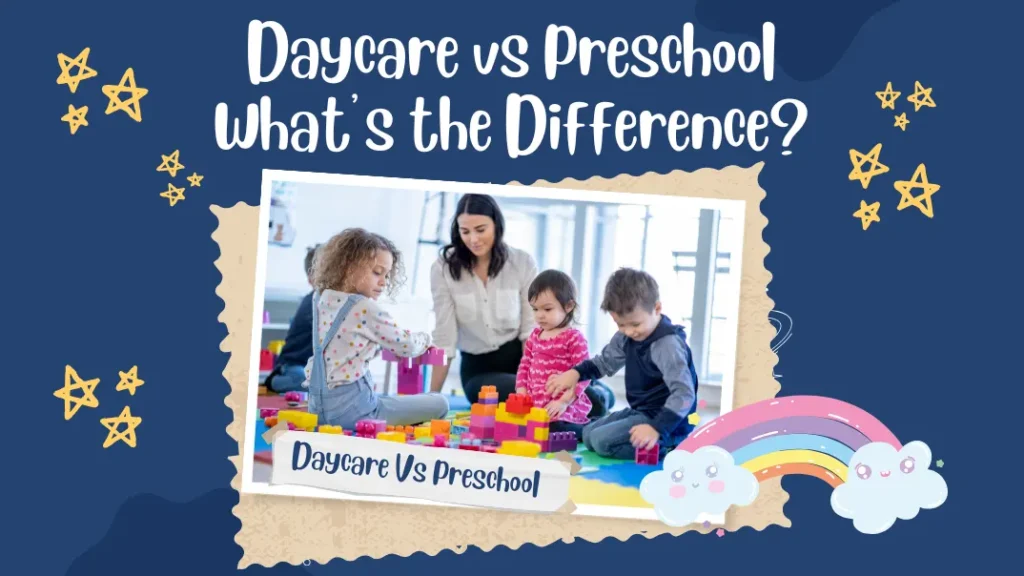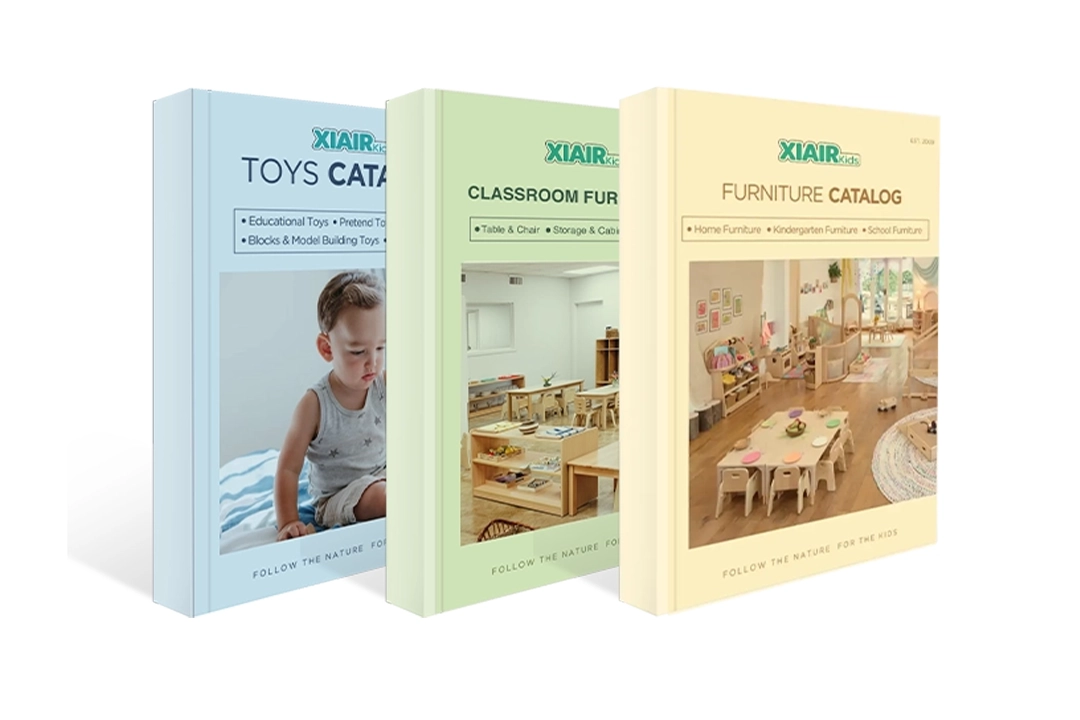Choosing the right early childhood education setting for your child can be daunting. With so many options available, parents often find themselves confused about whether to choose daycare vs preschool. Understanding the differences between these two types of care is essential for ensuring your child thrives in a nurturing environment tailored to their developmental needs.
Daycare typically provides a safe environment for children while their parents are at work, often accommodating a wide age range. In contrast, preschool focuses more on structured educational activities to prepare children for kindergarten. This distinction leads to various considerations, including preschool vs daycare cost, which can significantly affect your decision.
The journey of early childhood education begins here. Let’s explore the intricate differences between daycare vs preschool and their respective roles in your child’s growth.
What is Daycare?
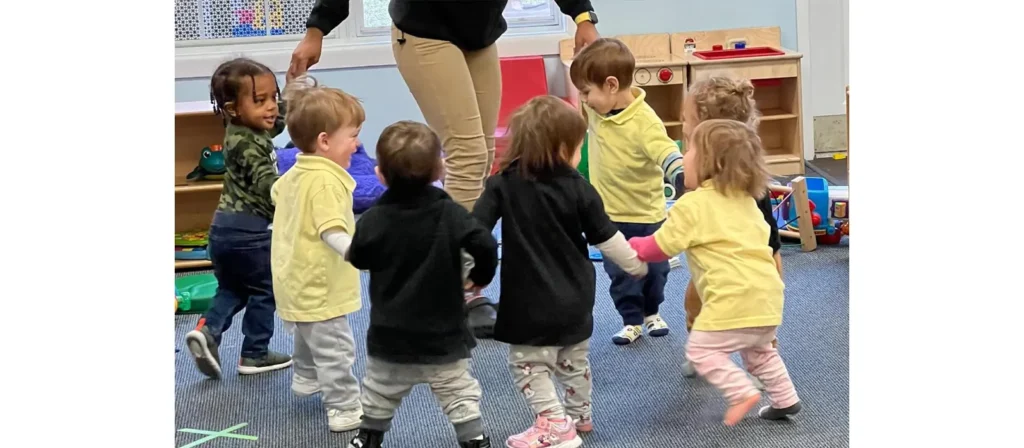
Daycare is a childcare service designed to supervise children while their parents work or attend to other responsibilities. Typically available for infants through school-age children, daycare centers provide a safe environment where kids can play, socialize, and engage in various activities. Daycare often emphasizes basic care, ensuring children are fed, comfortable, and safe throughout the day.
Most daycare facilities operate year-round and offer flexible hours, making them an attractive option for working parents. While daycare primarily focuses on providing care, many centers incorporate play-based learning activities to promote socialization and basic developmental skills. This approach allows children to interact with peers, learn to share, and develop foundational social skills.
In daycare settings, caregivers are trained to handle the unique needs of young children, ensuring they receive the attention and care necessary for healthy development. Some centers may offer additional services, such as meals, nap times, and extracurricular activities, enhancing the overall experience for children.
What is Preschool?

Preschool is an educational program designed for children, typically ages three to five, that focuses on preparing them for the transition to kindergarten. Unlike daycare, preschool strongly emphasizes structured learning and developmental readiness. The curriculum often includes early literacy and numeracy, social skills, and emotional development, equipping children with the foundational skills they need for future academic success.
Preschools operate on a schedule that usually aligns with the school year, offering part-day programs that may last a few hours each day. These programs provide a structured environment where children engage in activities that promote cognitive and social development. In addition to core subjects, preschools often include arts, music, and physical education to foster creativity and growth.
One of the key differences in preschool is the focus on learning outcomes. Educators implement various teaching strategies to engage children and promote a love of learning. This structured environment prepares children for school and the broader social experiences they will encounter.
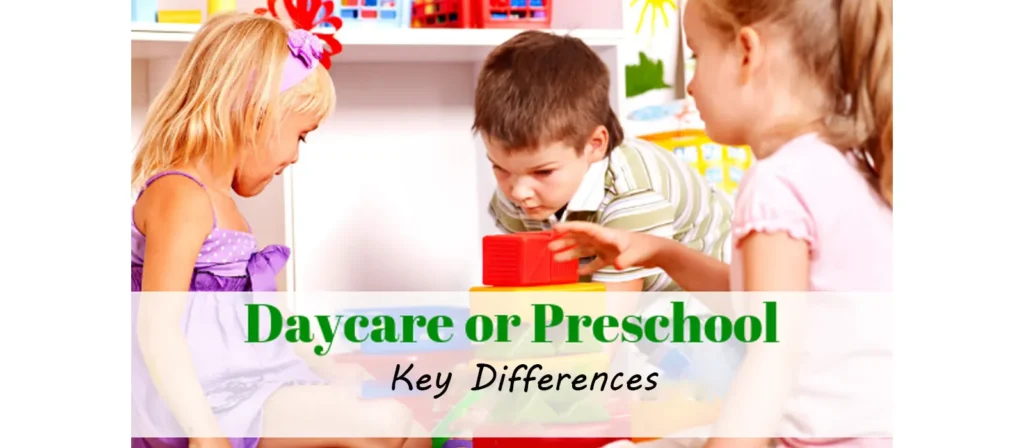
Key Differences Between Daycare vs Preschool
1. Purpose
The primary purpose of daycare is to provide care for children while their parents are occupied, ensuring safety and supervision. In contrast, preschool aims to educate and prepare children for future schooling, focusing on developing academic and social skills. This is a significant factor when considering preschool vs daycare.
2. Age Groups and Requirements
Daycare typically serves a broader age range, including infants, toddlers, and preschool-aged children. Most daycare centers accept children as young as six weeks, while preschools generally focus on children aged three to five. Understanding the specific age requirements can help parents choose the best option based on their child’s developmental stage, particularly when comparing daycare vs preschool requirements.
3. Environment and Location
Daycare environments are often designed for play and exploration, featuring toys, outdoor play areas, and various activity stations. In contrast, preschool classrooms are organized with designated learning areas, promoting focused educational activities. The location of these facilities may also vary, with daycares often found in residential neighborhoods and preschools situated within community centers or schools.
꿈만 꾸지 말고, 직접 디자인하세요! 맞춤 가구에 대한 니즈를 함께 이야기 나눠요!
4. Hours and Schedule
Daycare centers provide flexible hours, accommodating the varied schedules of working parents. Many offer extended hours, including early mornings and late evenings. Conversely, preschools typically operate on a more rigid schedule, usually aligning with the traditional school day, which may not cater to parents needing flexible hours.
5. Daily Structure
In daycare, the daily structure is more relaxed, allowing children to engage in free play and choose activities as they wish. This fosters creativity and independence. In contrast, preschool has a defined schedule, including specific times for circle time, learning activities, and snack breaks. This structured approach helps children develop routines and understand the concept of time management.
6. Staff Qualifications
Daycare staff may have varying levels of training and education, with some having certifications in child care. Preschool educators, however, often possess formal qualifications in early childhood education, equipping them with the skills necessary to deliver an effective curriculum. This is an important consideration when evaluating preschool teacher vs daycare teacher.
7. Toilet Training Requirements
Many daycare centers are willing to assist with toilet training, accommodating children at various stages. In contrast, most preschools expect children to be fully toilet-trained before enrollment. This requirement may influence a parent’s decision based on their child’s readiness for preschool.
꿈만 꾸지 말고, 직접 디자인하세요! 맞춤 가구에 대한 니즈를 함께 이야기 나눠요!
8. Costs
Costs can vary significantly between daycare and preschool options. Daycare vs preschool costs often reflect the differences in services provided. Daycare fees usually reflect the need for extended hours and comprehensive care, while preschool costs are typically associated with the structured educational curriculum. Understanding the financial implications of each option can help parents make informed decisions that fit their budgets.
보육의 이점
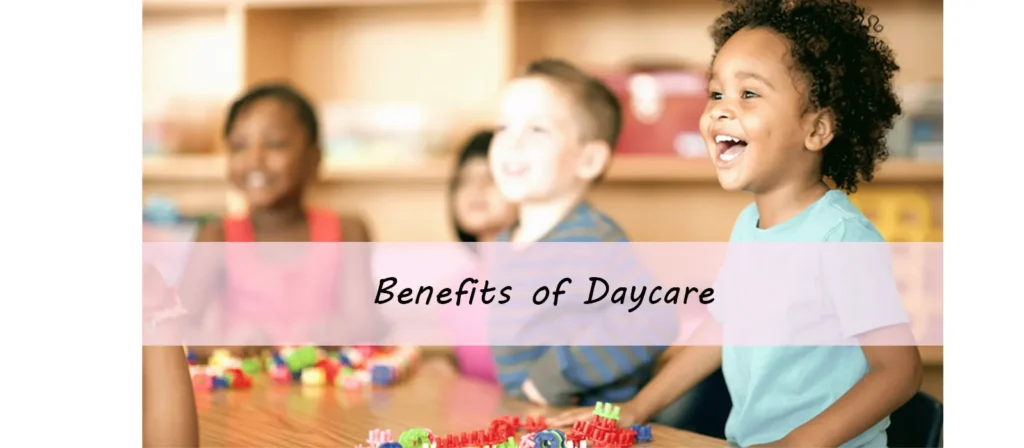
Daycare centers offer numerous benefits for families, particularly for working parents. Here are some key advantages:
- Flexible Scheduling: Daycare provides extended hours that accommodate varying work schedules, making it a convenient option for parents.
- Social Development: Interaction with peers helps children develop social skills, learn to share, and engage in cooperative play.
- Variety of Activities: Daycares often provide diverse activities, including arts and crafts, music, and outdoor play, keeping children engaged and active.
- Safety and Security: Licensed daycare facilities adhere to strict safety regulations, ensuring a secure environment for children.
Additionally, daycare can support families needing childcare during emergencies or school closures. Knowing their child is in a safe, nurturing environment gives parents peace of mind.
Benefits of Preschool
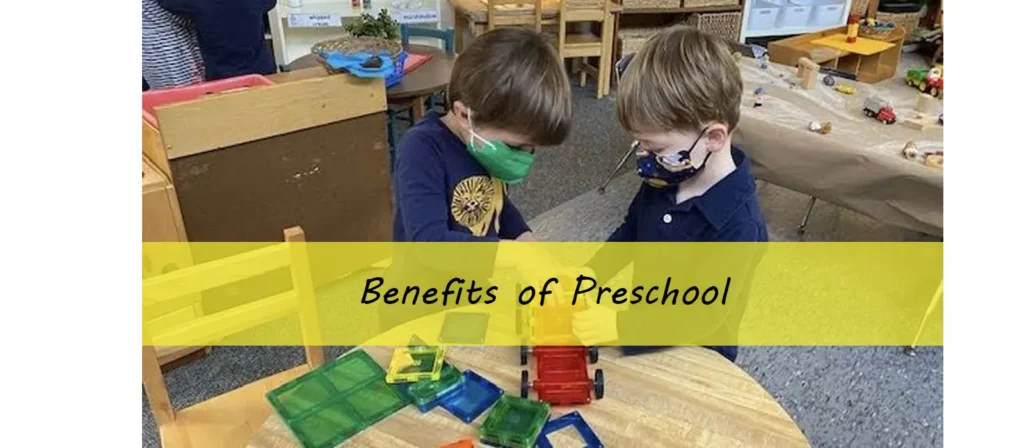
Preschool plays a vital role in early childhood education, offering several significant benefits:
- Early Learning: Preschools focus on developing literacy and numeracy skills, fostering a strong academic foundation for future learning.
- Structured Environment: A daily routine helps children adapt to a more formal educational setting, promoting discipline and focus.
- Socialization Opportunities: Children in preschool interact with peers and learn important social skills such as cooperation, communication, and conflict resolution.
- Holistic Development: Preschools often emphasize emotional, cognitive, and physical development, preparing children for a well-rounded educational experience.
Moreover, attending preschool can boost a child’s confidence and independence as they learn to navigate social situations and engage in learning activities without parental assistance.
꿈만 꾸지 말고, 직접 디자인하세요! 맞춤 가구에 대한 니즈를 함께 이야기 나눠요!
Comparison Chart of Daycare, Home Daycare, and Preschool
| 특징 | 어린이집 | Home Daycare | 취학 전의 |
|---|---|---|---|
| 목적 | Childcare and supervision | Childcare in a home setting | Early education preparation |
| Age Groups | Infants to school-age | Infants to preschool-aged | Primarily 3 to 5 years old |
| 환경 | Center-based, structured | Home environment | School-like setting |
| Hours of Operation | Flexible, long hours | Flexible, may vary | Limited hours, school year |
| Daily Structure | Fluid schedule | Flexible, less structured | Structured daily routine |
| Staff Qualifications | Varies, may lack formal training | Usually requires toilet-trained | Qualified early educators |
| Toilet Training | Assists with potty training | Assists with potty training | Usually requires toilet trained |
| 비용 | Generally higher | Often lower | Moderate to high |
What Do Children Learn in Daycare and Preschool?
In daycare, children engage in various activities that promote social skills and creativity. They learn to share, cooperate, and navigate peer relationships through play. Daycare often incorporates basic concepts of numbers, colors, and shapes in a fun and interactive manner.
Preschool, on the other hand, focuses on more formal educational learning. Children participate in structured activities introducing literacy and numeracy, such as letter recognition, counting, and problem-solving. Preschool also emphasizes social-emotional learning, teaching children how to express feelings and resolve conflicts.
When comparing Montessori preschool vs daycare, it’s important to note that Montessori methods often involve hands-on, self-directed learning, which can differ significantly from traditional daycare settings.
How to Choose Between Daycare and Preschool?
Choosing between daycare and preschool involves several considerations:
- Assess Your Child’s Age and Readiness: Consider your child’s developmental stage and whether they are ready for a structured learning environment.
- Evaluate Your Family’s Needs: Reflect on your schedule, budget, and the care and education you desire for your child. Compare the preschool vs daycare cost to ensure it fits your financial plan.
- Visit Facilities: Take tours of daycare centers and preschools, observing the environment, staff interactions, and available resources.
- Check Qualifications: Review the credentials of staff members to ensure they meet your expectations for quality care and education. Compare preschool teacher vs daycare teacher qualifications to understand the differences in training.
- Consider Your Child’s Personality: Consider whether your child thrives in structured environments or benefits more from flexible, play-based settings.
When considering choosing a preschool vs a daycare, think about the atmosphere that best supports your child’s development. A daycare classroom vs a preschool classroom may offer different experiences, each with unique benefits.
결론
In conclusion, the choice between daycare vs preschool ultimately depends on your child’s needs and your family’s situation. Understanding the differences and benefits of each option will empower you to make the best decision for your child’s early education. Remember, the goal is to provide a supportive environment that fosters growth, learning, and happiness.
By evaluating your priorities and conducting thorough research, you can ensure your child receives the care and education they deserve.
